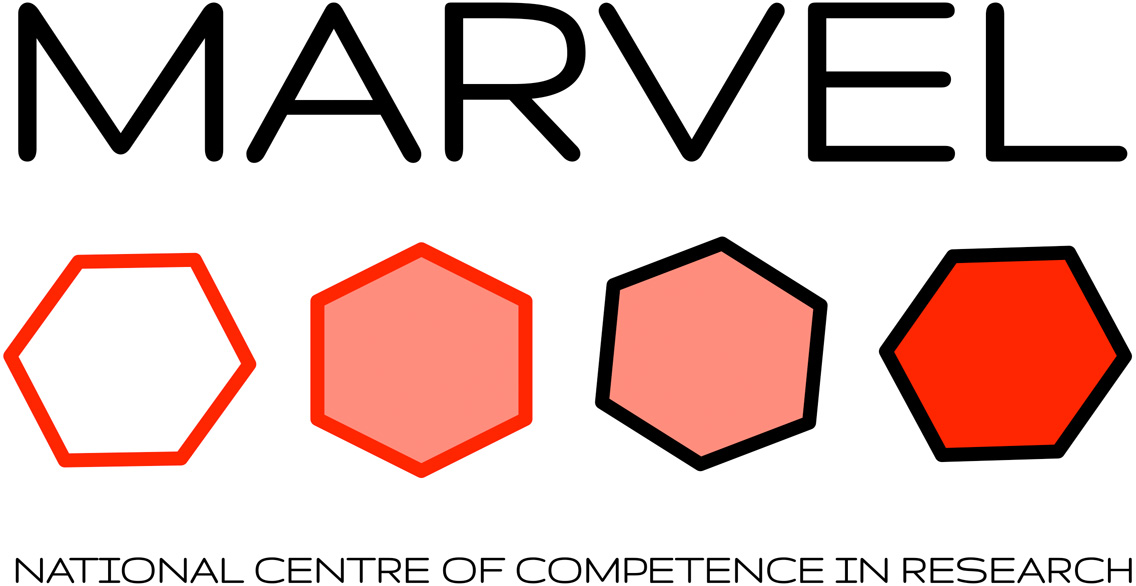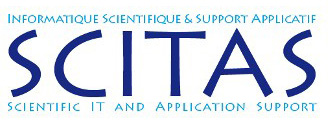
This second ACCES Visualization Contest is part a broader effort at EPFL to embed Computational Thinking (CT) into the education of scientists and engineers, from planning the deconstruction of complex problems into algorithmic steps that a computer can perform, to – in the present case – capturing and communicating the essence of a computational concept, solution or result with an appealing visual representation.
The contest is designed to enhance the use of both CT and visual communication within the EPFL student community, and entries should be complemented with a narrative explaining how CT assisted the chosen visual representation.
Entry criteria
Each entry to the 2017 ACCES Visualization Contest should provide a clear, instructive visual representation, complemented by a pedagogical description of how this representation has been designed for maximal visual effect using Computational Thinking perspectives. The only constraint is that the entry must be based on computationally generated scientific data, such as provided by a numerical simulation, applet or the computational analysis of experimental data (not a photo).
Entry categories
Entries in three different categories will be accepted:
- static (e.g. an image, a stereoscopic print, a 3D-printed object),
- dynamic (e.g. an animation, a moving sculpture),
- interactive (e.g. Java applet, Mathematica or smartphone / notebook app).
Entries should be physically displayable in an open area using the available infrastructure.
Eligible contestants
The contest is open to entries from individuals or small groups (maximum 4) of junior EPFL members (officially enrolled Bachelors, Masters, PhDs and post-docs). Recently-graduated Master and PhD students can also participate, so long as their entry pertains to their thesis work.
Multiple entries will be accepted from the same individual or group, provided that the content of each entry is distinctly different or the categories to which the entries are submitted are different.
Technical assistance
To provide insights into the concept of Computational Thinking, a public seminar was organized by ACCES & MARVEL: Prof. Craig Carter (MIT), “What is – and what isn’t – computational thinking“, ME B3 31, 10 November 2017 at 12:15. A recording of the seminar is available from the title link.
Upon request, contestants with specific needs can be provided access to:
Evaluation & Prizes
Entries will be judged on:
- their creativity, clarity and aesthetics,
- their visual communication of scientific / engineering concepts,
- their effective use of Computational Thinking to formulate the solution that is visualized.
Each category will be evaluated independently, with the best entries awarded a monetary prize (1000, 500 and 250 CHF for each category) and an award certificate. Selected entries will also be exhibited in a prominent place on the EPFL campus for an extended period of time.
Format of entries
Contest entries, in either static, dynamic or interactive categories, must contain the following items:
A. Visual representation (image, video, applet, etc)
Videos must be submitted in MOV, MPEG or AVI format with a total play time of no more than 2 minutes. The files should begin with a title page (5 seconds long) containing the entry title and the names and affiliations of the contributors. Entries should be self-explanatory using if necessary embedded subtitles and text. If available, the video can include a sound track. The quality of the video must be sufficient to enable full-HD landscape (1920×1080) viewing, while maintaining reasonable file size.
Interactive entries (e.g. applets) should be created for wide utilisation through the use of standard programming frameworks. Please check with [email protected] before submitting your entry.
Stereoscopic entries should contain two separate streams (of images or videos) corresponding to the left & right eye views. This will provide more flexibility in displaying the entry.
- a concise, descriptive title
- a list of contributors and their affiliations
- an explanatory text providing details of how the visual representation has been designed for maximal visual effect using Computational Thinking perspectives
- references to any background and/or associated articles, and acknowledgement of any external contributions
C. Declaration form
Contestant should provide a duly completed form concerning the display rights for each submitted entry (PDF form file – please enter name & address, place & date and sign).
Submission
Wherever possible, entries should be mailed to [email protected].
To be considered by the jury, entries must be submitted before the deadline of 30 November 2017.
Example entries
The following three examples (in the image category) are intended only to guide contestants in a suitable design of their entries. Contestants are encouraged to use creativity to develop their own striking and noteworthy entries that are compliant with the above-mentioned guidelines.
A. Pétanque: a model system for granular dissipation
B. 1D electron and hole wires at the edges of a MoS2 nanoribbon
C. The Rayleigh-Taylor instability rediscovered
The winning entries from the 2015 ACCES Visualization Contest are also available here.
Schedule
The following timetable and deadlines apply:
- launch of the contest in Sept 2017
- technical assistance provided during Nov-Dec 2017
- entries to be submitted by 31 December 2017
- award ceremony to be held in Jan-Feb 2018
Sponsors
The 2017 ACCES Visualization Contest is provided sponsorship and assistance by:
 |
NCCR MARVEL: The National Competence Centre in Research on |
 |
SCITAS: Scientific IT and Application Support |
Further information
You may address any questions or concerns to:
Dr Mark L. Sawley
Ecole Polytechnique Fédérale de Lausanne
Email: [email protected]
Tel: +41 21 693 6965
What is Computational Thinking?
Various definitions of Computational Thinking exist, each containing aspects of the above-mentioned component parts. Specific examples are:
“Computational Thinking is the thought processes involved in formulating a problem and expressing its solution(s) in such a way that a computer—human or machine—can effectively carry out” Jeannette Wing
“Computational Thinking means being creative in dealing with problems”, an interview with Craig Carter
“Computational Thinking is the way of seeing the world that computer scientists have developed over the past three, four or five decades. It depends on seeing the world in terms of problems that can be solved algorithmically by specifying an effective process for solving them, basically a program.” James Larus
“Computational Thinking (CT) is a problem solving process that includes a number of characteristics, such as logically ordering and analyzing data and creating solutions using a series of ordered steps (or algorithms), and dispositions, such as the ability to confidently deal with complexity and open-ended problems. CT is essential to the development of computer applications, but it can also be used to support problem solving across all disciplines, including math, science, and the humanities. Students who learn CT across the curriculum can begin to see a relationship between subjects as well as between school and life outside of the classroom.” Google for Education